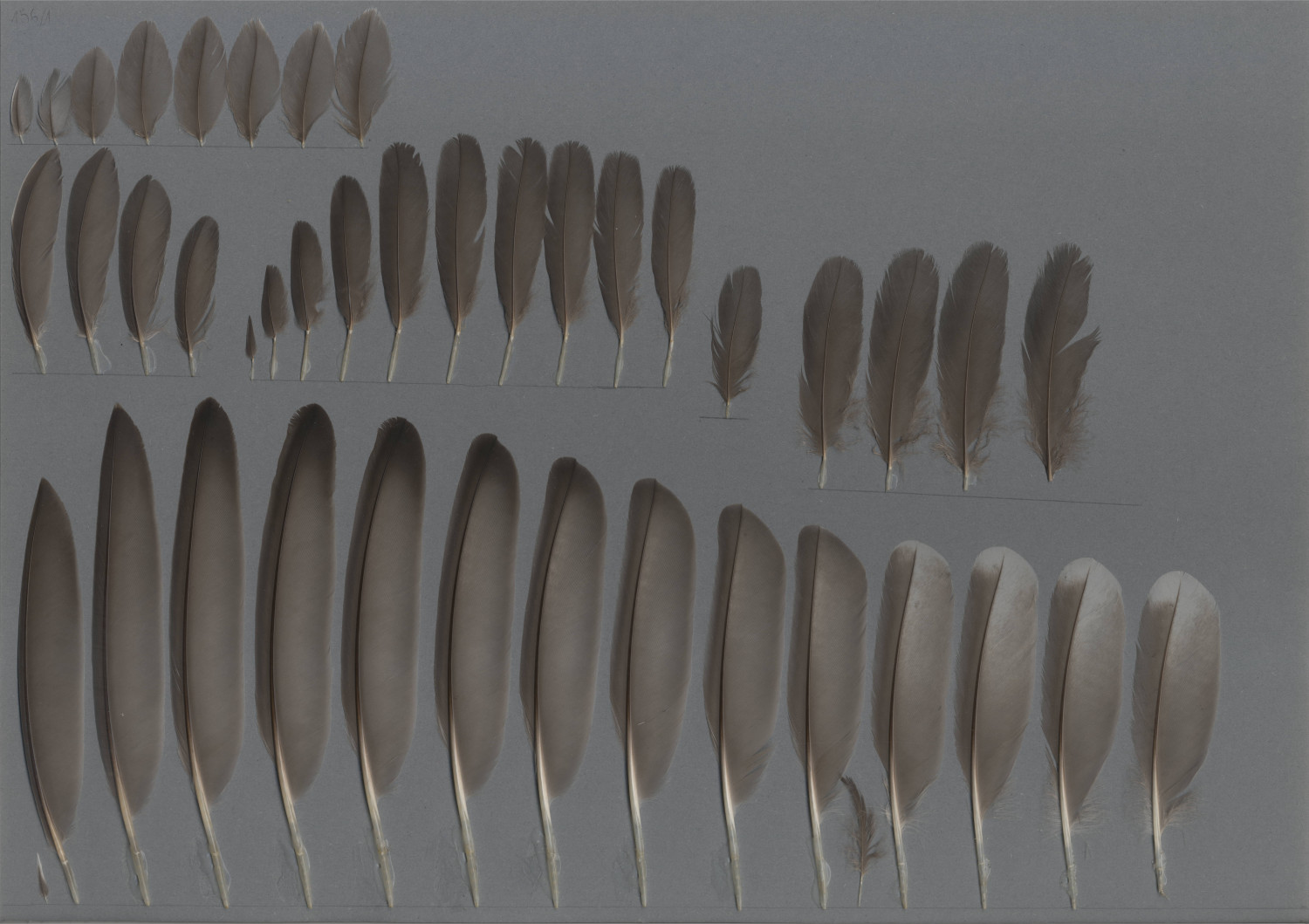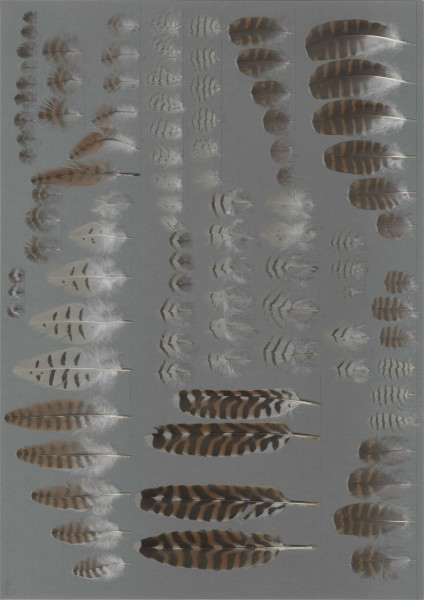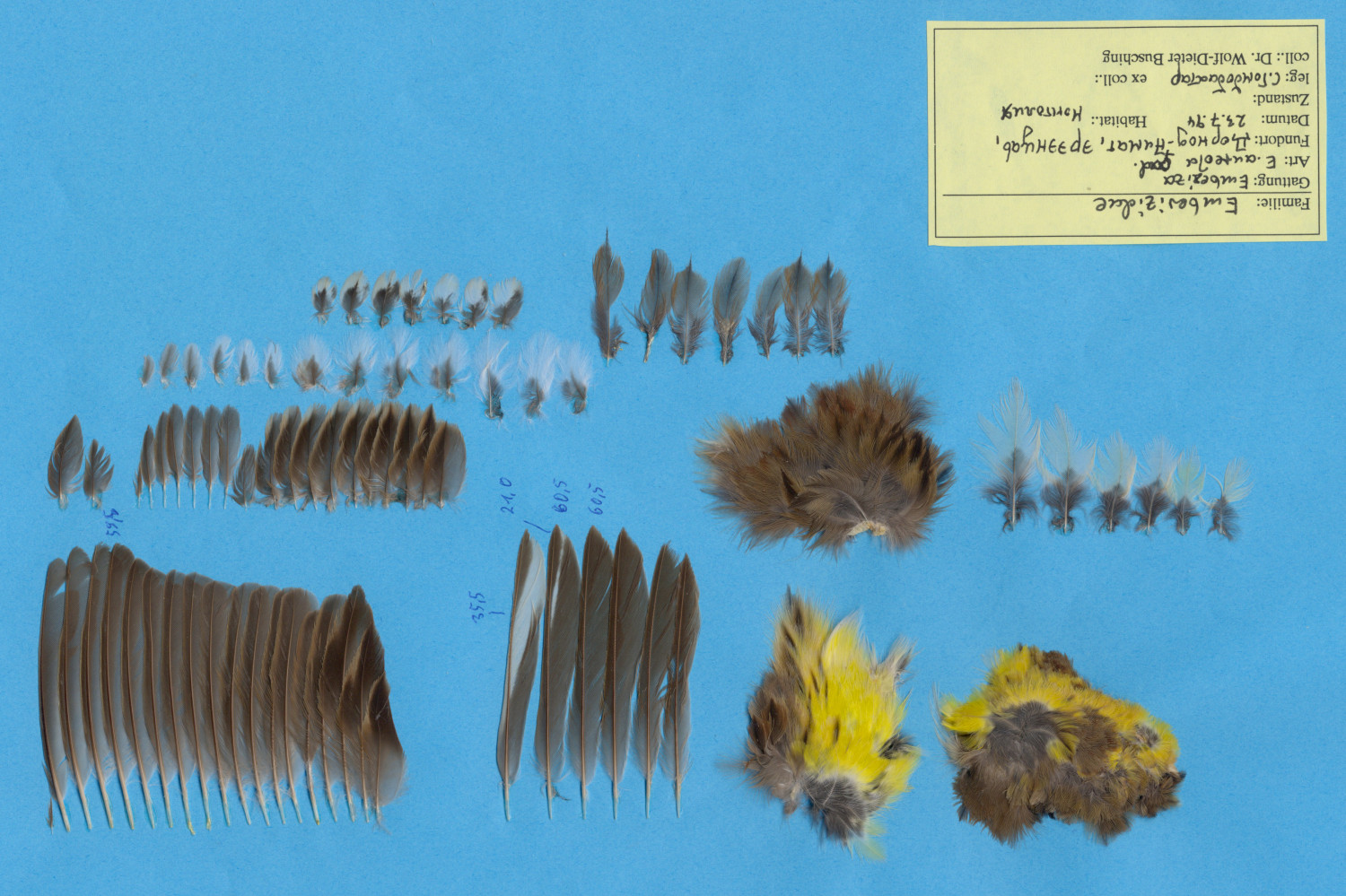Collection
Country selection
Board
Specimen comparison (beta)
Accipitriformes
Anseriformes
Apodiformes
Bucerotiformes
Caprimulgiformes
Cariamiformes
Casuariiformes
Charadriiformes
Ciconiiformes
Coliiformes
Columbiformes
Coraciiformes
Cuculiformes
Eurypygiformes
Falconiformes
Galliformes
Gaviiformes
Gruiformes
Leptosomiformes
Musophagiformes
Opisthocomiformes
Otidiformes
Passeriformes
Pelecaniformes
Phoenicopteriformes
Piciformes
Podicipediformes
Procellariiformes
Psittaciformes
Pteroclidiformes
Sphenisciformes
Strigiformes
Struthioniformes
Trogoniformes
featherbase















































